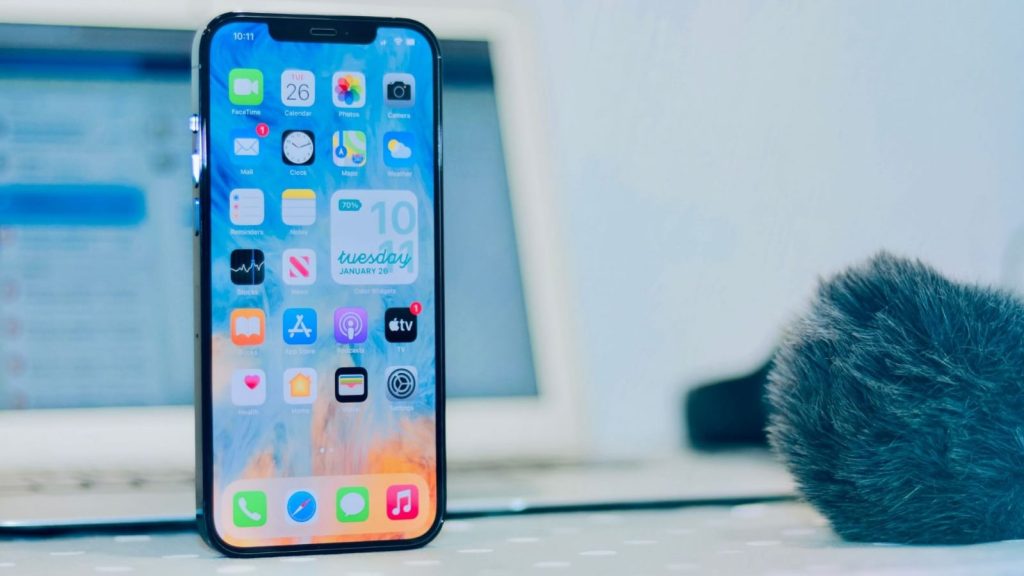Are you confused about which phone to buy under Rs. 40,000? Are you also confused by all the options that are on the market? Do you want to know which phone has the best camera? Which phone has the best performance? Which phone has the best battery life? Well, you’ve come to the right place, Track and Take English. In this article, we’re going to tell you the five best phones under Rs. 40,000. By the way, my recommendations are going to be in ascending order of importance. So my fifth favorite phone will be first and my most favorite phone will be last, which is basically to get you guys to watch the article till the end. You know why we do this, right?
Alright, I’m starting off with the Samsung Galaxy S23 FE. You’ll be like, Aesha, that’s not available under 40,000, but many times I’ve seen it go under 40,000. And for that price, what the Samsung Galaxy S23 FE does is give you all the flagship features. By all the flagship features, I mean IP rating, wireless charging, a telephoto camera, and four years of software updates and five years of security updates as well. That is why the Samsung Galaxy S23 FE becomes a great recommendation for anybody looking for all of the flagship experience under Rs. 40,000, or around Rs. 40,000 to be more specific. Also, what I like about this phone is that it has a smaller 6.4-inch AMOLED display, which is very bright. You get HDR video playback; all of that is on YouTube and Netflix as well. Plus, you’ve got stereo speakers with Dolby Atmos support and a display fingerprint scanner, and it’s just a generally good phone. Of course, the camera performance is also one of the reasons why we are recommending the Samsung Galaxy S23 FE. But there are a few things to note: it launched with Android 13, but since you get 4 plus 5 year updates, you will get up to Android 17 at least. Also, the Exynos 2200 is definitely not the best-performing chip in this price range, but thankfully it has been tuned well. Also, one more thing that we didn’t like about the S23 FE was the battery life. It could have been better. Now the next one on my list is the Vivo V30 Pro. Now, of course, this has also been priced above Rs. 40,000, but along with card discounts, you can get it for under Rs. 40,000. Vivo has really been making some good phones, especially with the V-Series.

They have made some improvements, and with this specific phone, you also get the Zeiss collaboration for the first time in a V-Series phone. What that means is that with the camera setup, which is a 50MP primary, 50MP ultrawide, 50MP telephoto, 2x camera, and a 50MP selfie camera, you actually get Zeiss tuning as well, which means that you get Zeiss natural colors and all of the Zeiss portrait modes. Again, we’ve made a detailed video around it; you should go check that out. The camera performance is, of course, going to be good. There’s also that aura light, which will help with low-light shots to ensure that the skin tones don’t look off. Camera-wise, it’s of course good, but the CMF is also really nice because it’s nice and slim as well. This phone also has a curved display; unlike the Samsung Galaxy S23 FE, you get a 6.78-inch AMOLED 120Hz refresh rate panel, along with a massive peak brightness of over 2800 nits. Unlike Samsung, though, you do not get an IP68 rating; you get an IP54 rating, and you do not have wireless charging either. Although the battery inside is a 5000 mAh battery with 80 watts of fast charging, plus you get Android 14 out of the box, Vivo also promises 3 years of software updates, so you will get the promised updates until Android 17. The problem with the V30 Pro is that it only has mono speakers and a Dimensity 8200 chip, so if you’re looking for a performance-oriented phone, then the V30 Pro wouldn’t be for you, but still, the performance on the 8200 is not going to be bad. But the more important concern for me, especially, is that Funtouch has a lot of bloatware apps and a few dark patterns as well. Now, that’s something that Vivo definitely needs to fix in its future phones, but for now, the V30 Pro is still very recommendable for being one of the better camera phones in this price class.
The next phone I want to make a recommendation for is again a phone that was launched last year, the Nothing Phone 2. You know, the Nothing Phone 2, when it launched, got a lot of bad rep for its bad pricing, but the pricing has gone down and down and down, and now it makes a lot of sense at about 35–36,000 rupees. Now, who should buy the Nothing Phone 2? Anybody who wants a different kind of design, and of course, the Glyph lighting and all of those features, look very, very impressive. Apart from that, the Nothing OS experience launched with Android 13 and is now running on Android 14, plus you will get, you know, three plus four years of software updates, so you can expect up to Android 16 on this phone. Also, the Nothing OS experience itself is damn nice. You’ve got the dark matrix design; there’s a lot of attention to detail going on everywhere, with apps also designed the same way. Of course, there’s Glyph lighting, and there are also, you know, really nice quick settings that you can set up on the lock screen itself, which I really, really appreciate.
So the operating system experience is good. And even the performance, if you ask me, is okay because it comes with the Snapdragon 8 Plus Gen 1. The display is also okay; it’s a flat display. It’s a 6.7-inch Full HD+ OLED panel with 6700 nits of peak brightness. The brightness could have been better because there are other phones in this price class that offer higher brightness, that’s for sure. Also, the Nothing Phone 2 comes with wireless charging, but it only comes with an IP54 rating; it’s not IP68. One of the other things we like about the Nothing Phone 2 is the network capabilities, because with the support for Vio, NRU actually does get really, really good call quality as well. There’s only one major problem with the Nothing Phone 2: the camera performance is not going to be as good as the Vivo V30 Pro, or at least not as versatile as the V30 Pro or the Samsung Galaxy S23 FE. The next phone that I’m going to recommend is the OnePlus 12R. The OnePlus 12R is, of course, a fantastic phone for performance enthusiasts because it comes with the Snapdragon 8 Gen2 out of the box, which is the most powerful SoC inside a phone under Rs. 40,000. piece, you also get a 5,500 mAh battery and 100-watt fast charging support as well. So performance and battery are completely sorted, but you do not get wireless charging, and the IP rating is IP64, not 68, which is definitely better on the S23 FE. However, the curved display experience is really nice on this phone; it’s very similar to the Vivo V30 Pro because you get the 6.78-inch 1.5K resolution AMOLED display. Apart from that, you also get a very high peak brightness, and you also use low PWM dimming to ensure that low light flicker doesn’t affect your eyes. This phone comes with OxygenOS 14, based on Android 14, and OnePlus also promises 3 plus 4 years of software updates, so you will get up to Android 17, that’s assured. The problem with the OnePlus 12R is that I didn’t like the camera performance as much.
I mean, it’s good, but of course you know the S23 FE and the Vivo V30 Pro would be better camera phones. Alright, you guys must have already guessed it: the number one phone on this list for me is the iQOO Neo 9 Pro. Now, the main reason why the iQOO Neo 9 Pro is at the top of my list is primarily because of the pricing. The pricing for this phone and the specs and performance that you get with it are absolutely fantastic. Because for under Rs 35,000, along with a good card discount, you can actually get the Snapdragon 8 Gen 2. Yes, so great performance. You also get along with that LPDDR5 RAM, UFS 4.0 storage, and just very fast charging of 120W and a 5000mAh battery inside the phone as well. It’s just a performance beast. But the thing to note is that the 128GB variant comes with UFS 3.1, and the higher 256GB variant comes with UFS 4.0, which is still better considering the OnePlus 12R doesn’t give you UFS 4.0 at all, whether you’re buying the 128GB variant, the 256GB variant, or the more expensive Genshin Impact Edition. Now this phone has a flat display, but it is very similar to the OnePlus 12R and the Vivo V30 Pro. You get a 6.78-inch 1.5K AMOLED display with 3000 nits of peak brightness as well. You also get Android 14 out of the box, along with the promise of 3 years of software updates and 4 years of security updates. The only problem is that you will have to deal with the bloatware apps that are pre-installed on the iQOO Neo 9 Pro. The main reason why the Neo 9 Pro is at the top of my list is that it’s not just a performance monster because it can also take good pictures, unlike the OnePlus 12R. I mean, the 12R can take good pictures, but not as good as the iQOO Neo 9 Pro, which I think has a better camera setup and also benefits from Vivo’s algorithm.
So yeah, these are all the phones in our top 5 list of phones under Rs. 40,000. Of course, I’ve given you my list, but there is something in there for everyone. If you want a great flagship experience, then there’s the S23 FE. If you want good performance, you have the iKoon 9 Pro, and you’ve got the OnePlus 12R. If you want good cameras, then you’ve got the V30 Pro. And if you just want a very, very good-looking design, then you’ve got the Nothing Phone 2 as well.

Leave a Reply